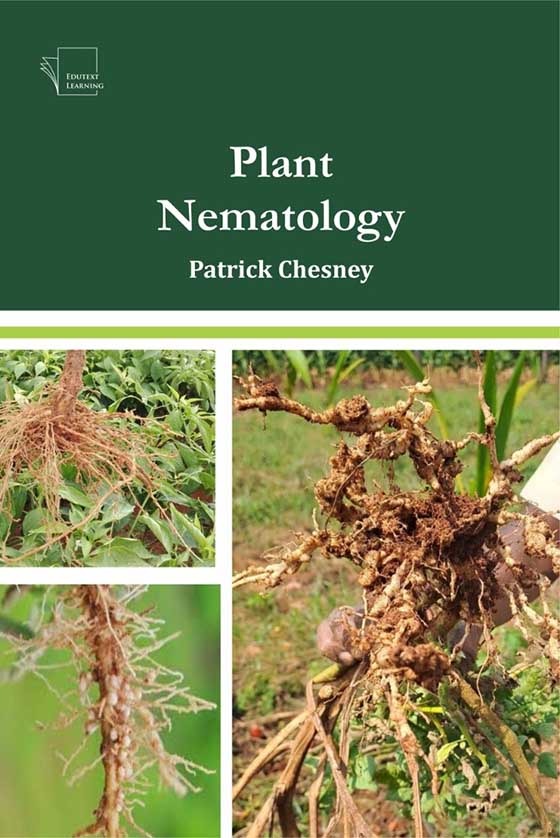Nematodes found in plants, animals and soil use various sources of organic energy. Plant parasites feed from plant cells, either by selecting and then establishing a single feeding site. This approach is usually known as sedentary feeding. Other plant-parasitic nematodes are migratory, moving from site to site on the root, rarely feeding from a single cell for a long time. Migratory plant parasites can be further categorised as internal and external feeders, meaning that they migrate within or outside the root. This book gives a comprehensive account of various aspects of phytonematology, including both basic and applied, along with illustrations and descriptions. Fundamentals of sampling, different techniques in nematology, traditional and molecular taxonomy, nematode anatomy and morphology, interaction with fungi, bacteria, viruses, mycorrhiza, and rhizobia, most common plant-pathogenic genera historical accomplishments, biology and ecological details along with entomopathogenic nematodes, physiological and molecular nematology are some of the major fields covered in this book.
Title : Plant Nematology
- Author : Patrick Chesney
- ISBN : 9781995865478
- Binding : Paperback
- Price : $ 69.99
- Year : 2025
- Pages : 289
- Langauge : English
- Subject Category : Botany



















